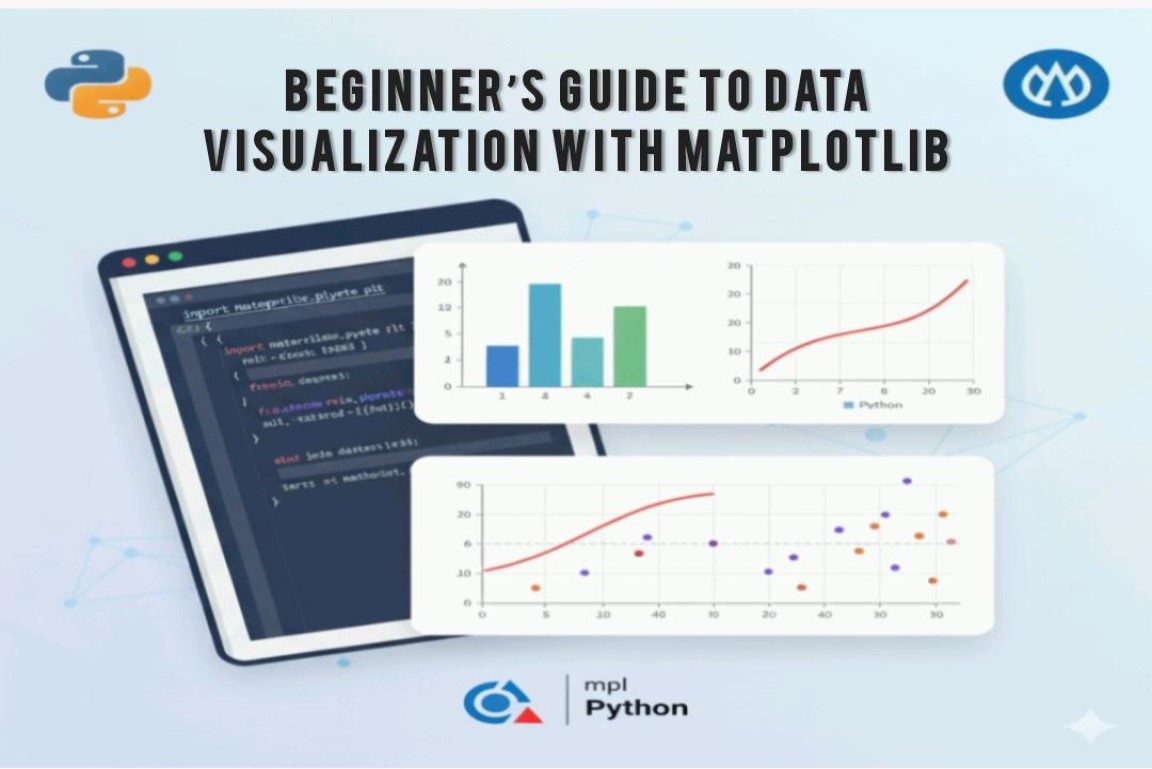
The Power of Collaboration Between Business Developers and Tech Experts.
The Power of Collaboration Between Business Developers and Tech Experts. Kumkum Kumari 28/10/2025 At Speqto, we’ve seen time and again that the most successful projects the ones that truly transform businesses are born from strong collaboration between Business Development Executives (BDEs) and technical experts. In today’s fast-paced digital world, business growth depends not only on […]

.webp)



